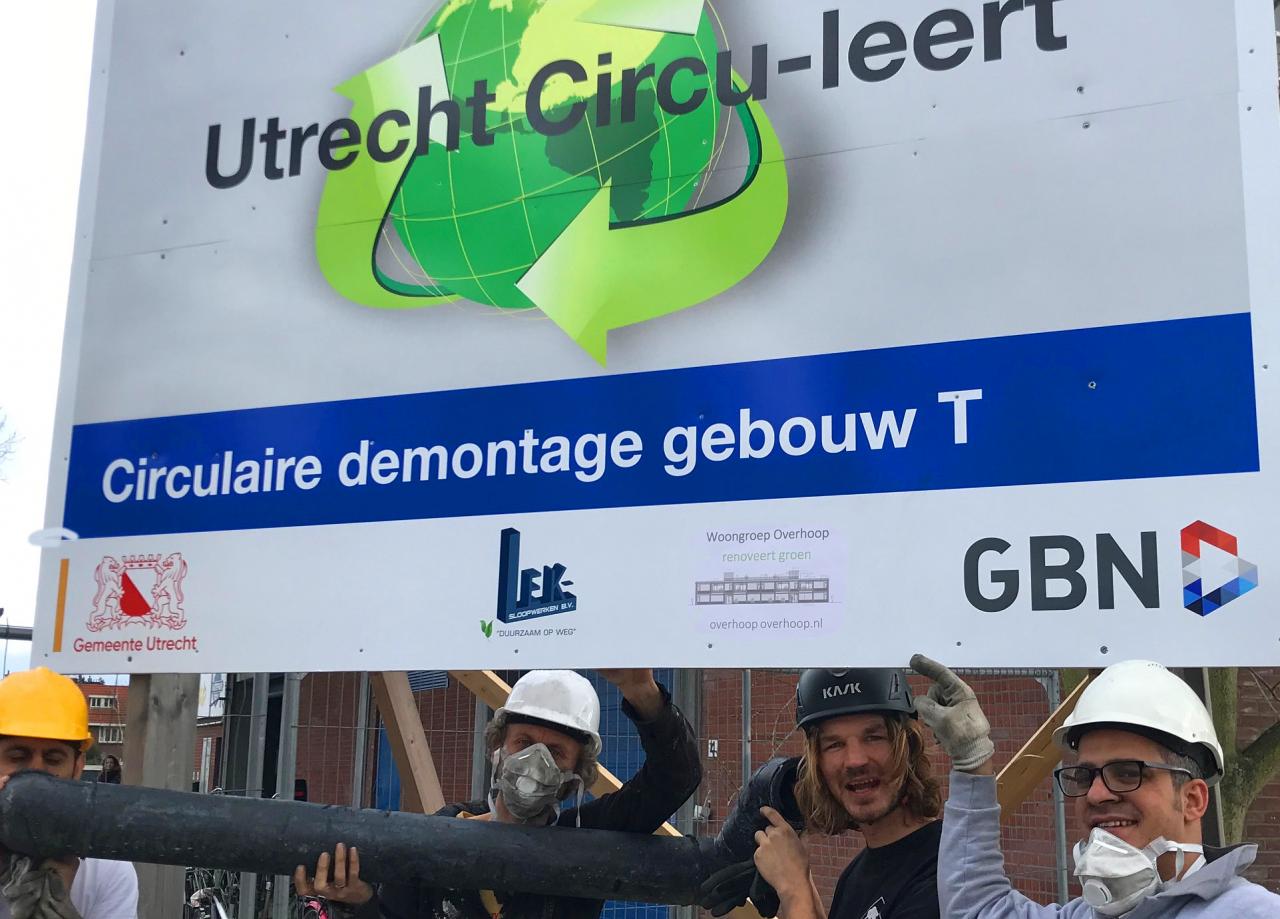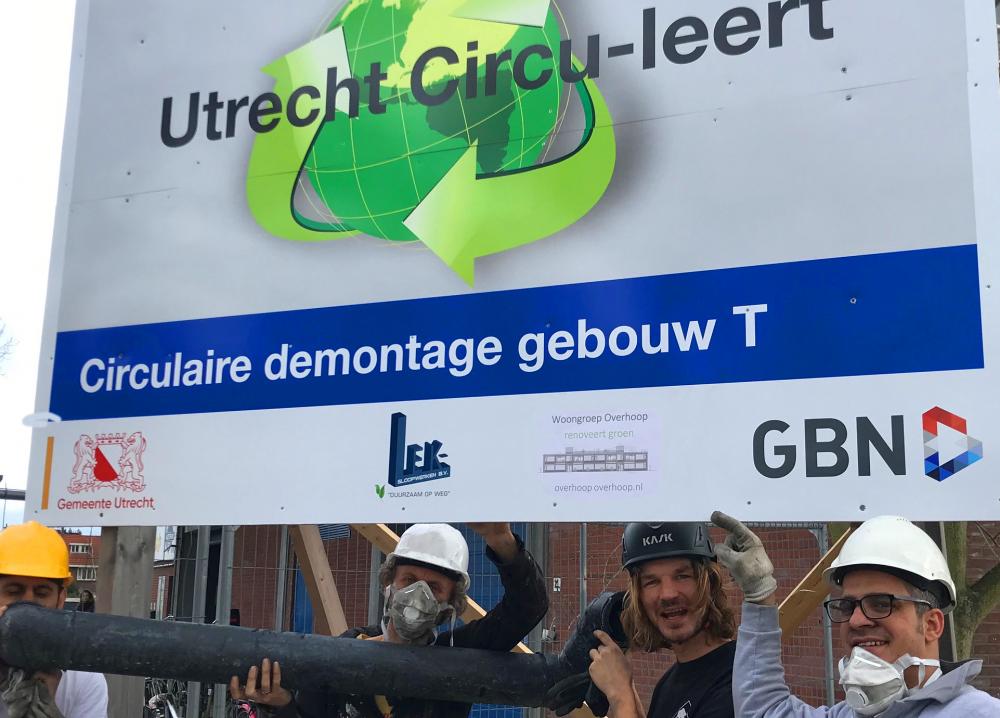
[[{"fid":"46841","view_mode":"default","fields":{"alt":"Harry Hofman","title":"Harry Hofman","height":100,"width":100,"style":"height: 100px; width: 100px; margin: 10px; float: right;","class":"media-element file-default","data-delta":"1","format":"default","field_file_image_alt_text[und][0][value]":"Harry Hofman","field_file_image_title_text[und][0][value]":"Harry Hofman","field_author[und][0][value]":"GBN Groep"},"link_text":null,"type":"media","field_deltas":{"1":{"alt":"Harry Hofman","title":"Harry Hofman","height":100,"width":100,"style":"height: 100px; width: 100px; margin: 10px; float: right;","class":"media-element file-default","data-delta":"1","format":"default","field_file_image_alt_text[und][0][value]":"Harry Hofman","field_file_image_title_text[und][0][value]":"Harry Hofman","field_author[und][0][value]":"GBN Groep"}},"attributes":{"alt":"Harry Hofman","title":"Harry Hofman","height":100,"width":100,"style":"height: 100px; width: 100px; margin: 10px; float: right;","class":"media-element file-default","data-delta":"1"}}]]The City of Utrecht is one of the partners of the Action Planning Network URGE, in which it develops a new action plan to promote circularity in the building sector. Utrecht is the hometown of many frontrunners on the theme of circular construction, some of them have been active for over ten years. One of these frontrunners is GBN, a construction company that works on reuse of building materials and elements. We spoke to Harry Hofman - director for circular materials at GBN, about the past, present and future for circular construction in Utrecht.
Thanks a lot for taking the time to do this interview! GBN is an important stakeholder for the city of Utrecht as you’re very active on the field of (circular) reuse of materials, something that we hope to be much more common practice in the future. As one of Utrecht’s frontrunners in circular construction, how do you see the evolution of circular economy in the building sector? What has changed in the last 5 years?
At the GBN group, we have been focusing explicitly on the subject of circularity for about ten years now. At that time we started our journey by focusing on upcycling of concrete. In the first years we noticed that it was difficult to develop this innovation further because of a lack of market demand. Five years ago we started with focusing on circular demolition and apart from application in a number of European (co-)funded projects, it was still hard to bring this further. Currently in 2021 we see a market that grows rapidly. We have established several new spin-offs: Mining Group that carries out circular demolitions, C2CA (Concrete to Cement & Aggregates) Technology that that turns end-of-life concrete into new concrete, GBN-AGR that recycles artificial turf and GBN Ballastrecycling that cleans old train track ballast to make them fit for reuse. Concluding, in the past two to three years there has been an ever-growing activity within the field of circular economy. Circularity is moving from a small niche theme to becoming mainstream.
This means that there is growing demand and supply. The role of governments is important in this sense as they realize that for the transition to a 50% circular economy by 2030 (after the 2016 national programme ‘Netherlands Circular in 2050’ ) they need to create opportunities and space for a circular economy. 2030 is approaching very fast, thus meaning that we should move away from the pioneering stage to upscaling good solutions. We are now approaching that new stage.
As you know, the city of Utrecht is preparing a new action programme for circular construction (2023-2030) through its participation in URGE. How do you look at the city’s progress on the theme of circular construction?
Already in 2018 we carried out a material inventory for the Merwedekanaalzone, an area in Utrecht that will transform from a former industrial area to a dense new housing district. At the Merwedekanaalzone, we made an inventory of how the various buildings and materials from that area could be reused. Currently and three years later we have accomplished the first circular demolitions of various buildings. For one building, a large part has been rebuilt elsewhere. The city of Utrecht itself plays an active role in these projects as a client. We see many more of these initiatives emerging in the city, also apart from projects where the city of Utrecht plays an active role. Circular hotspots are emerging throughout the city, with nice examples being the circular working location Hof van Cartesius and restaurant the Green House. The initiating and facilitating role of the city therefore has an effect.
We see that in the city we are moving from pioneering to upscaling: steps for this next phase are being made and we are getting more professional in the operations. The city is activating a group of stakeholders so to take these next steps together. At GBN, we support this process.

Circular demolition of the RotoSmeets & T buildings at Merwedekanaalzone, Utrecht
What are your hopes and aspirations for circular construction in Utrecht for the upcoming years?
It is my dream that circularity is integrated (circular unless, ..) in all projects to be tendered by the city of Utrecht. Technically speaking, this is already possible - in some cases it is possible soon if we kick-start this together. To realize this, it is necessary that the ecosystem of circular construction develops further: all players in the construction chain need to take in their role and embrace this development.
Time for some advice! What do you think is the most important thing we should start doing today to improve circular construction tomorrow?
Circularity can only be realized if all parties work together, learn from each other and ensure that a demand is raised. What I often notice in circular demolition projects is the belief that the market will solve the sales of reclaimed building elements itself: there is a demand for circular demolition but the client of new buildings will not use circular elements. Key here is: without demand there is no supply. All parties in the construction chain form the market for circularity and should thus take responsibility. My ambition for the coming years is therefore to realize professional collaboration together with all parties in the chain: client, contractor, contractor, demolition, supplier, etc.
And what should we stop doing?
Stop talking and start doing! By doing we will find out what is possible and what not. The city can play an additional role by (temporarily) creating space and possibilities in laws and regulations that hinder circularity.
Apart from being one of the stakeholders as part of the URGE project, GBN also active in the European H2020 project ICEBERG in which you lead the work on case studies on circular building materials. What does the participation in these projects bring you?
By participating in European H2020 projects such as ICEBERG, we can work on various innovations to make the most important residual flows in Europe circular. In the Netherlands, we have mostly focused on concrete rubble in the past years. Through collaborating with European partners, we share knowledge between various companies and knowledge institutions with the aim of developing new technology and new value cases. By applying new innovations in case studies, we validate them and draw up Life Cycle Analyses and Life Cycle Cost calculations to test the environmental impact. We can also test whether the new technology is economically competitive. Thanks to these European projects, we stand now where we are today in terms of developing the of C2CA technology. We are now ready to upscale this innovative technology and our services.
More and more inspiring cases of circular construction are starting to appear. What do you think is needed to bring these good, but often singular projects, a step further?
We need to connect projects to each other: by working together will realize a whole greater than the sums of its parts. We need to do this not by talking but by taking up the challenge together. The city of Utrecht can play a key role through facilitation: by asking the right questions and, where necessary, developing pilots on new themes with market parties.
Thanks a lot for your sharing your insights!
Interview by Merel Limbeek, assistant project coordinator for the city of Utrecht
